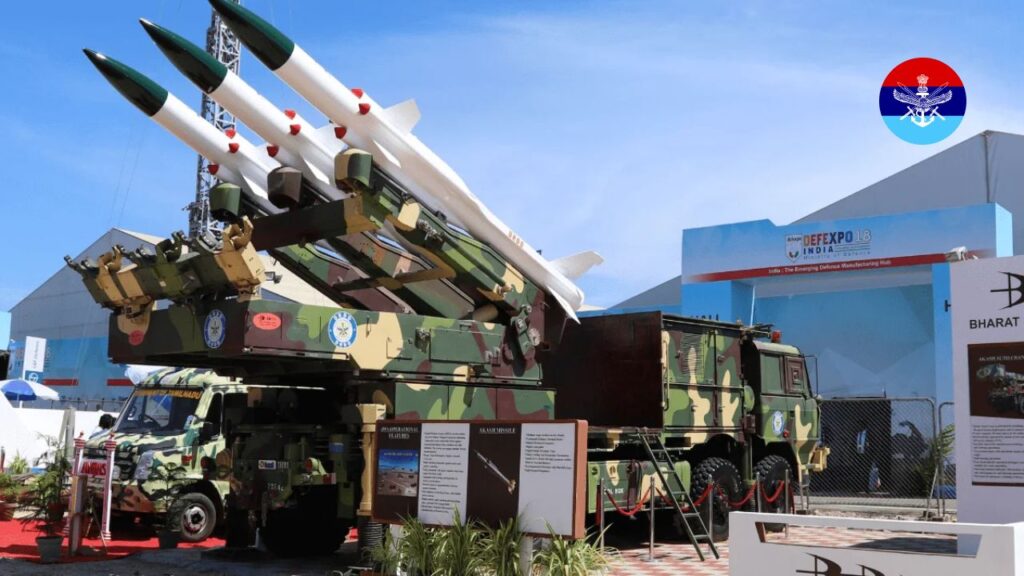
India’s defence sector has historically relied heavily on imports, making the country one of the largest importers of defence equipment in the world. Recognizing the strategic and economic risks of such dependence, the Government of India launched the Atmanirbhar Bharat initiative in 2020, aiming to foster self-reliance across key sectors, including defence manufacturing. This policy shift represents not only an economic strategy but a cornerstone of India’s national security doctrine, aligning industrial capability with strategic autonomy.
Policy Framework and Strategic Objectives
The Ministry of Defence (MoD) has implemented a multi-pronged approach to promote indigenous defence production. The Defence Acquisition Procedure (DAP) 2020 introduces simplified procurement norms and greater emphasis on domestic suppliers. The policy prioritizes Buy Indian-Indigenously Designed, Developed and Manufactured (IDDM) projects, ensuring that domestic capabilities are developed rather than merely assembling imported components.
In addition, the Strategic Partnership Model allows private sector companies to become long-term suppliers of complex platforms like fighter aircraft, submarines, and armored vehicles. This model seeks to encourage technology transfer, foster innovation, and establish a competitive industrial ecosystem capable of meeting modern defence requirements.
Achievements in Indigenous Manufacturing
Significant strides have been made in the domestic production of advanced defence platforms. Hindustan Aeronautics Limited (HAL) has ramped up production of the Tejas Light Combat Aircraft, while Bharat Electronics Limited (BEL) continues to deliver sophisticated avionics and radar systems. The Indian Navy’s commissioning of the indigenously built aircraft carrier INS Vikrant marks a historic milestone, demonstrating India’s ability to design and manufacture complex naval platforms domestically.
Similarly, the development and operationalization of missile systems like the Agni series and BrahMos cruise missiles highlight the country’s progress in strategic deterrence capabilities. According to recent MoD data, indigenous defence production accounted for over 65% of total procurement in 2024, a marked increase from under 40% in 2015.
Public-Private Partnership and Industrial Collaboration
The government’s push for self-reliance has opened opportunities for private players such as Tata Advanced Systems, Mahindra Defence, and Larsen & Toubro to engage in high-value defence projects. Public-private partnerships have become a central element of the policy, encouraging collaborative research, co-development of technologies, and localized supply chains.
Global collaborations are also being pursued, with companies entering strategic alliances that include technology transfers and joint manufacturing. For example, HAL’s collaboration with foreign aerospace companies for joint development programs demonstrates India’s growing credibility as a partner in defence innovation.
Challenges and Bottlenecks
Despite significant progress, the path to full self-reliance is not without challenges. Infrastructure constraints, delays in procurement approvals, and a shortage of skilled manpower remain key bottlenecks. The long gestation period for developing complex platforms can also impede timely production.
Critics argue that India’s defence industrial ecosystem still lacks sufficient integration between research institutions, academia, and private industry. While government-owned entities have traditionally dominated the sector, encouraging a vibrant private sector ecosystem requires policy stability, predictable demand, and incentives for innovation.
Strategic and Economic Implications
The shift toward indigenous manufacturing carries both strategic and economic implications. Strategically, it reduces dependence on foreign suppliers and enhances operational readiness, particularly during geopolitical crises when import channels may be disrupted. Economically, the policy aims to create employment, boost exports, and attract foreign investment in high-tech sectors.
The Defence Export Promotion Policy (DEPP) 2020 aims to make India a net exporter of defence products. With growing global demand for cost-competitive yet technologically advanced military equipment, India is well-positioned to emerge as a key supplier to regions like Africa, Southeast Asia, and the Middle East.
Future Outlook and Recommendations
Looking ahead, sustaining momentum in indigenous defence manufacturing requires a coherent, long-term strategy. Key recommendations include:
- Enhanced R&D Investment: Increasing budgetary allocation for defence research and collaboration with academia to accelerate innovation.
- Skill Development: Expanding specialized training programs to create a workforce capable of handling advanced technologies.
- Strengthening Supply Chains: Developing local suppliers and small-to-medium enterprises (SMEs) to ensure a resilient defence industrial ecosystem.
- Policy Stability: Maintaining consistent procurement and industrial policies to foster investor confidence and long-term planning.
- International Collaboration: Strategically engaging in joint ventures and technology partnerships while safeguarding domestic intellectual property rights.
Conclusion
India’s defence manufacturing sector is undergoing a transformative phase under Atmanirbhar Bharat. While challenges remain, policy reforms, private sector engagement, and global collaborations are steadily enhancing India’s strategic autonomy. By aligning industrial capability with national security imperatives, India is not only reducing import dependence but also positioning itself as a credible global defence manufacturer.
As defence technologies evolve and global security dynamics shift, India’s continued emphasis on self-reliance will play a pivotal role in ensuring that the nation can independently meet its defence needs while contributing to regional and global stability.





